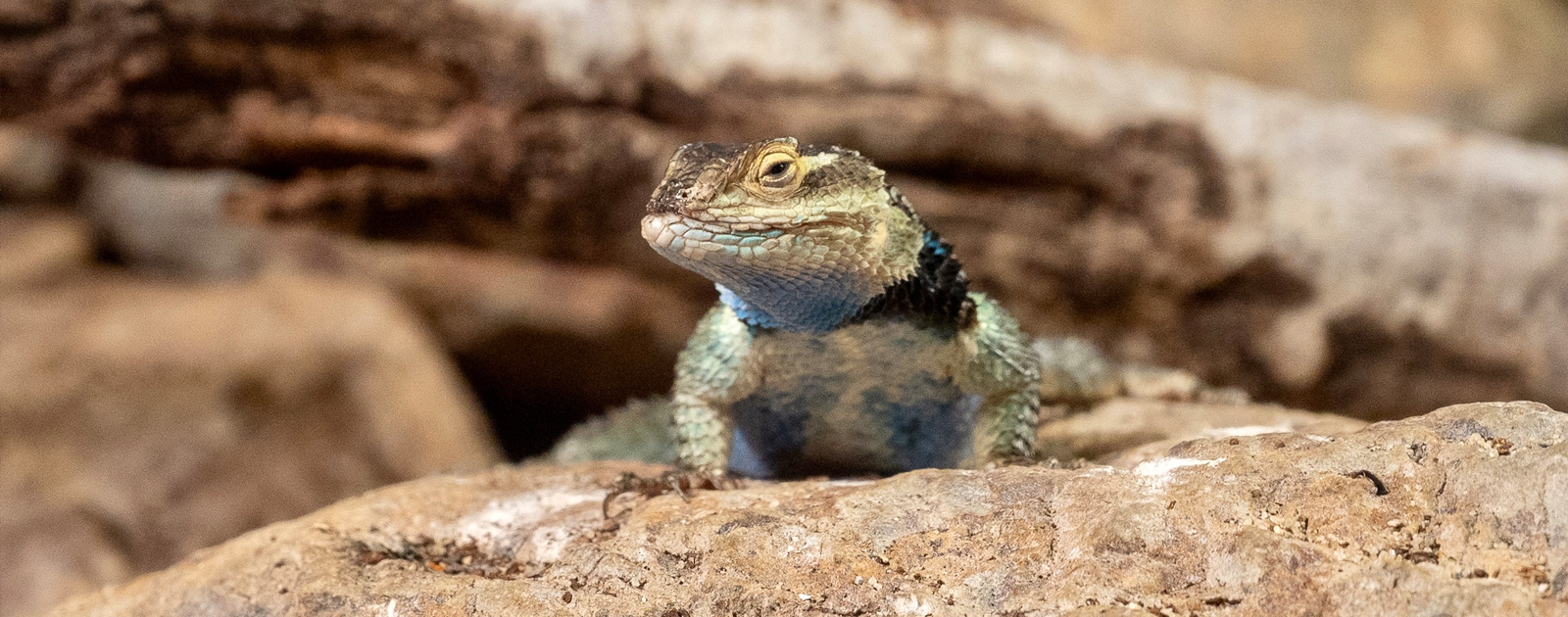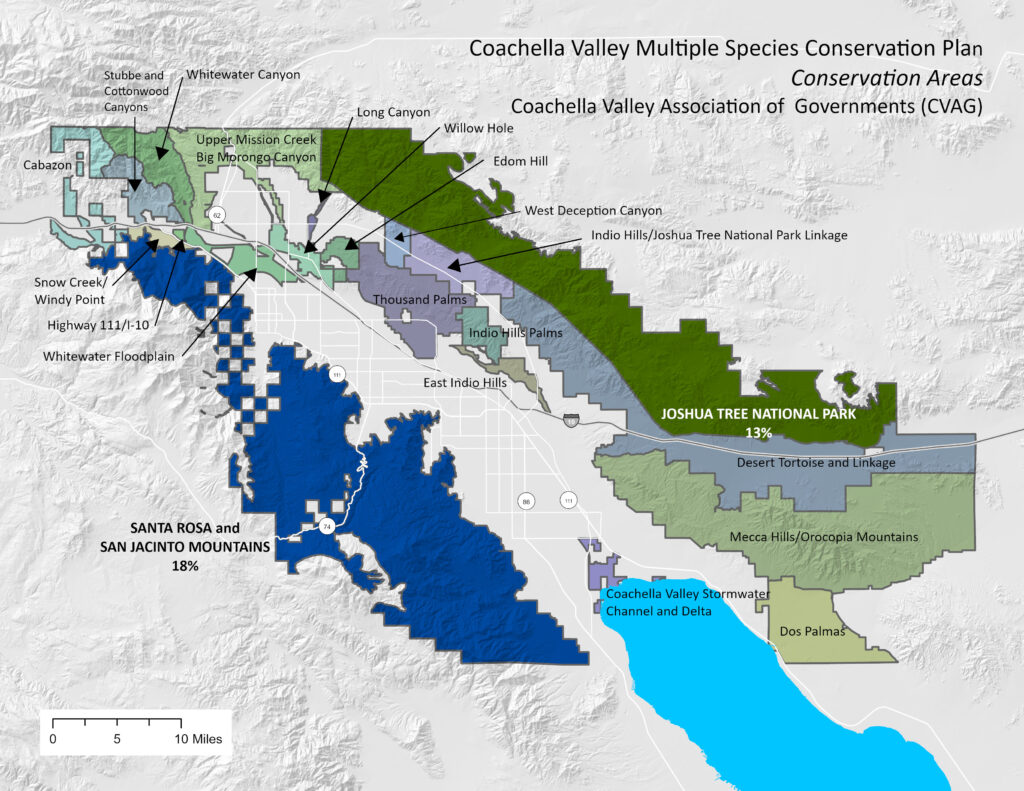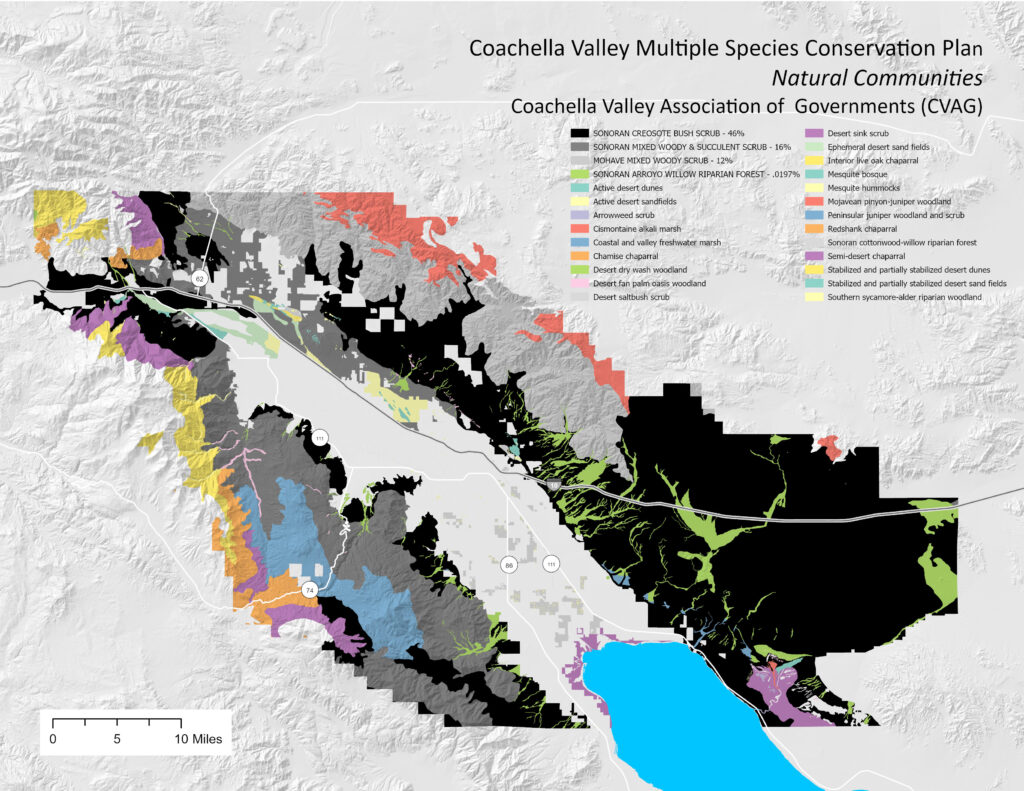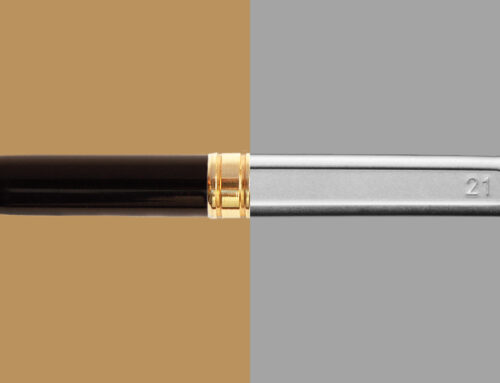Promoting a region’s “quality of place” is essential to regional economic development and business attraction and retention. Lucky for us, the Coachella Valley abounds in “sense of place.” We have world-class cultural amenities. We have globally recognized music festivals. We have a sophisticated food scene. We have unparalleled accommodations of all types. We have world-renowned design and architecture. And we have a dizzying array of recreational opportunities. And all these riches are located in a unique and glorious natural setting. Today we will explore one such effort to preserve the wondrous natural habitats of our valley, the Coachella Valley Multiple Species Habitat Conservation Plan.
In 2008, a coalition of 20 local, regional, and state governments and public agencies, including Riverside County and the nine Valley cities, established the Coachella Valley Conservation Commission (CVCC) with the mission to “balance economic growth with habitat conservation.” The CVCC developed the Coachella Valley Multiple Species Habitat Conservation Plan (CVMSHCP) with a “75-year vision streamlining environmental permitting for development and infrastructure projects while protecting designated plants and animals native to the Coachella Valley.”
This map shows the current 21 conservation areas. Within the CVCC boundary, which includes the urban areas of the valley, 62% of the total land is covered by these conservation areas. The largest of these is the Santa Rosa and San Jacinto Mountains Conservation area, comprising 18% of the protected areas. Next is the Joshua Tree National Park Conservation area, at 13%. The smallest is the Highway 111/I-10 conservation area, 390 acres, or 0.032% of the total conservation areas.
This next map displays the 27 natural communities protected by the CVMSHCP. I don’t expect you to be able to ascertain every individual natural community on this map. Rather, just take in the magnificent variety of habitats that surround our urban areas. Conserving these natural communities protects habitats for 27 animal species, like the Peninsular bighorn sheep and the Coachella Valley fringe-toed lizard.
The predominant natural community is the Sonora Creosote Bush Scrub, symbolized in black, which accounts for 46% of the total natural communities area. Next is the Sonoran Mixed Woody & Succulent Scrub, at 16%. The smallest community is the Sonoran Arroyo Willow Riparian Forest, 178 acres and 0.0197% of the total natural communities protected.
CVEP applauds the important work of the CVCC. The data for these maps is provided free to the public by the Coachella Valley Association of Governments (CVAG). These efforts are instrumental in enhancing the quality of place of our beautiful valley and is a vital part of making the Coachella Valley a wonderful place to live and work.










